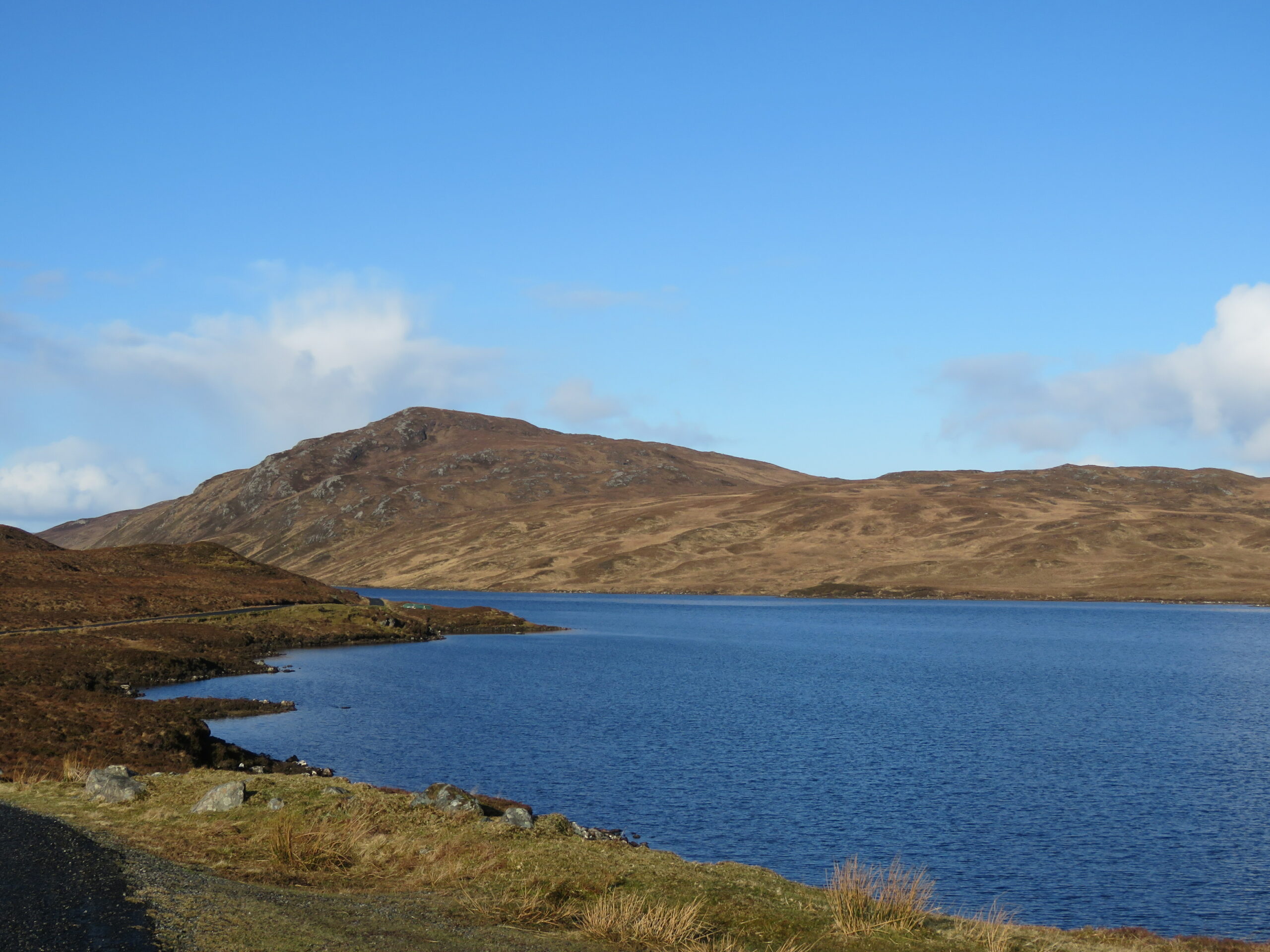
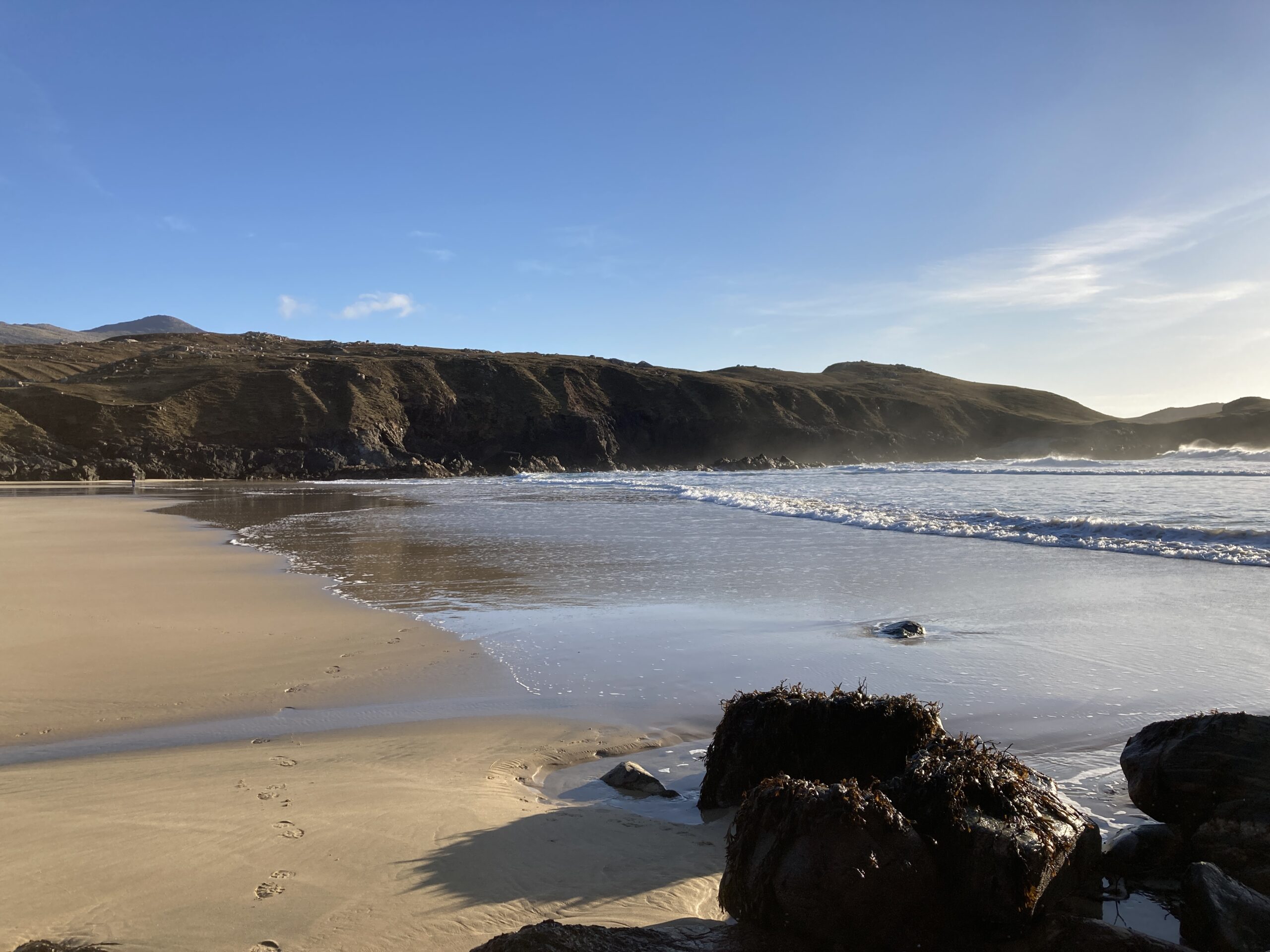
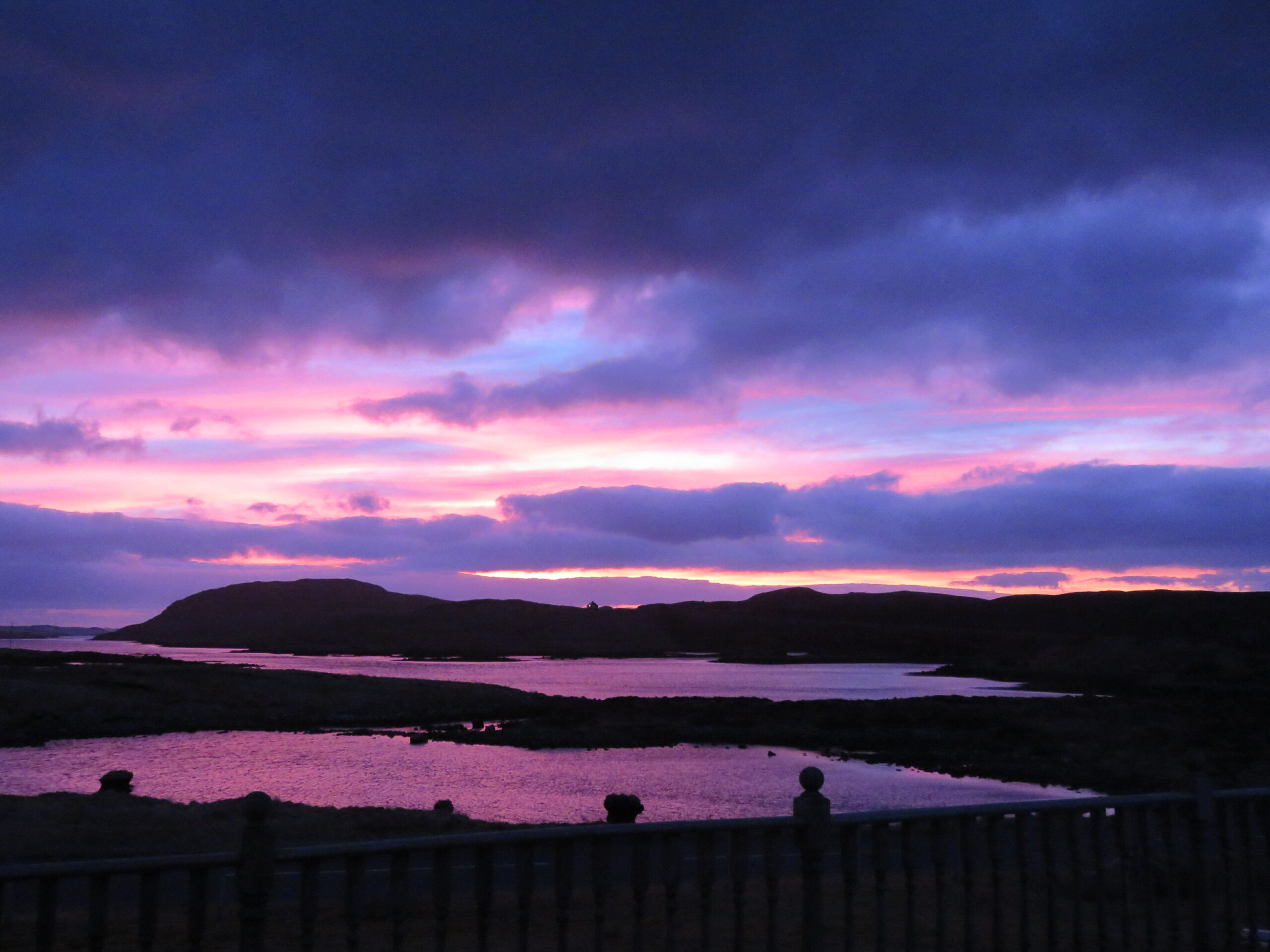
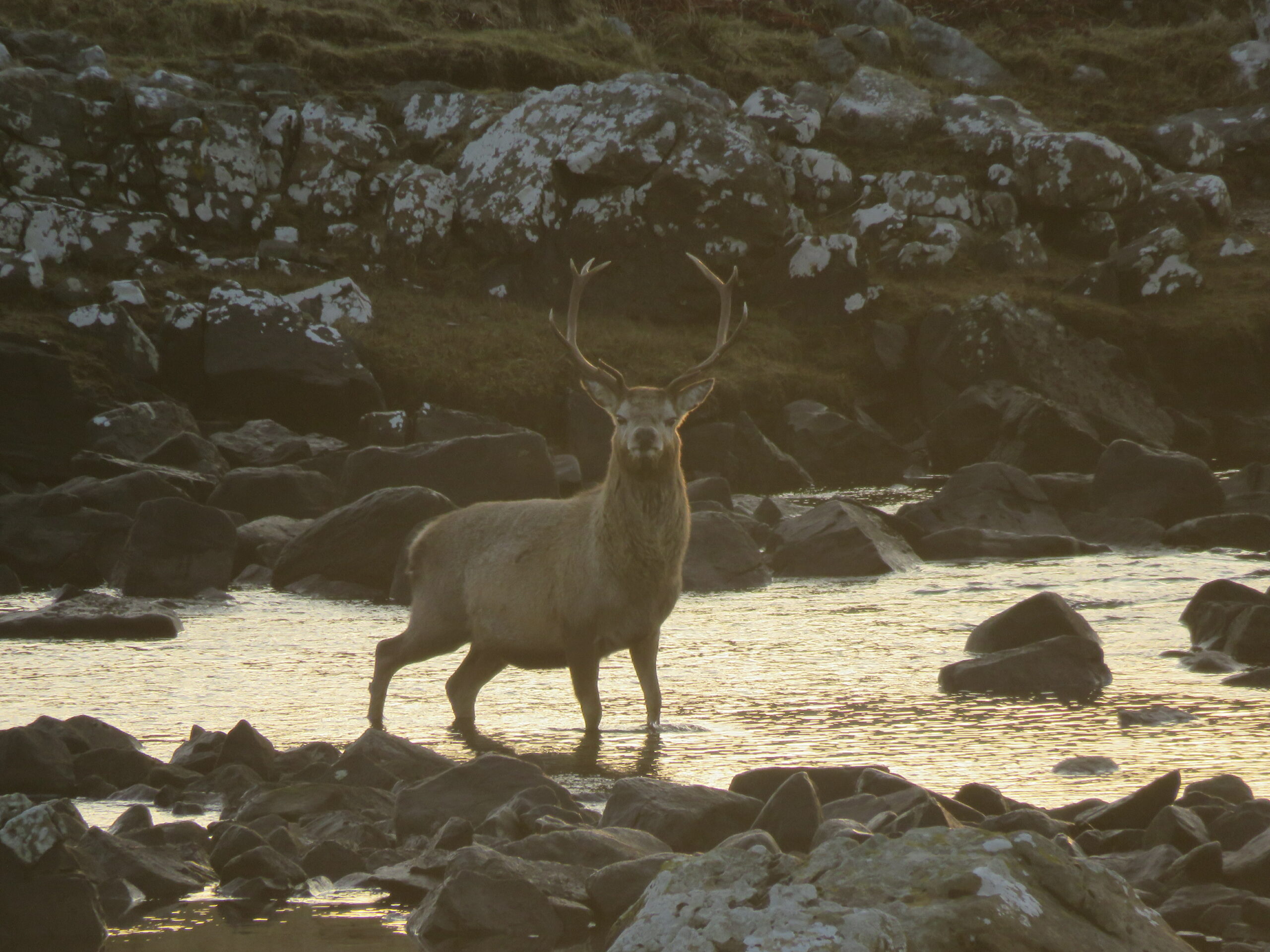
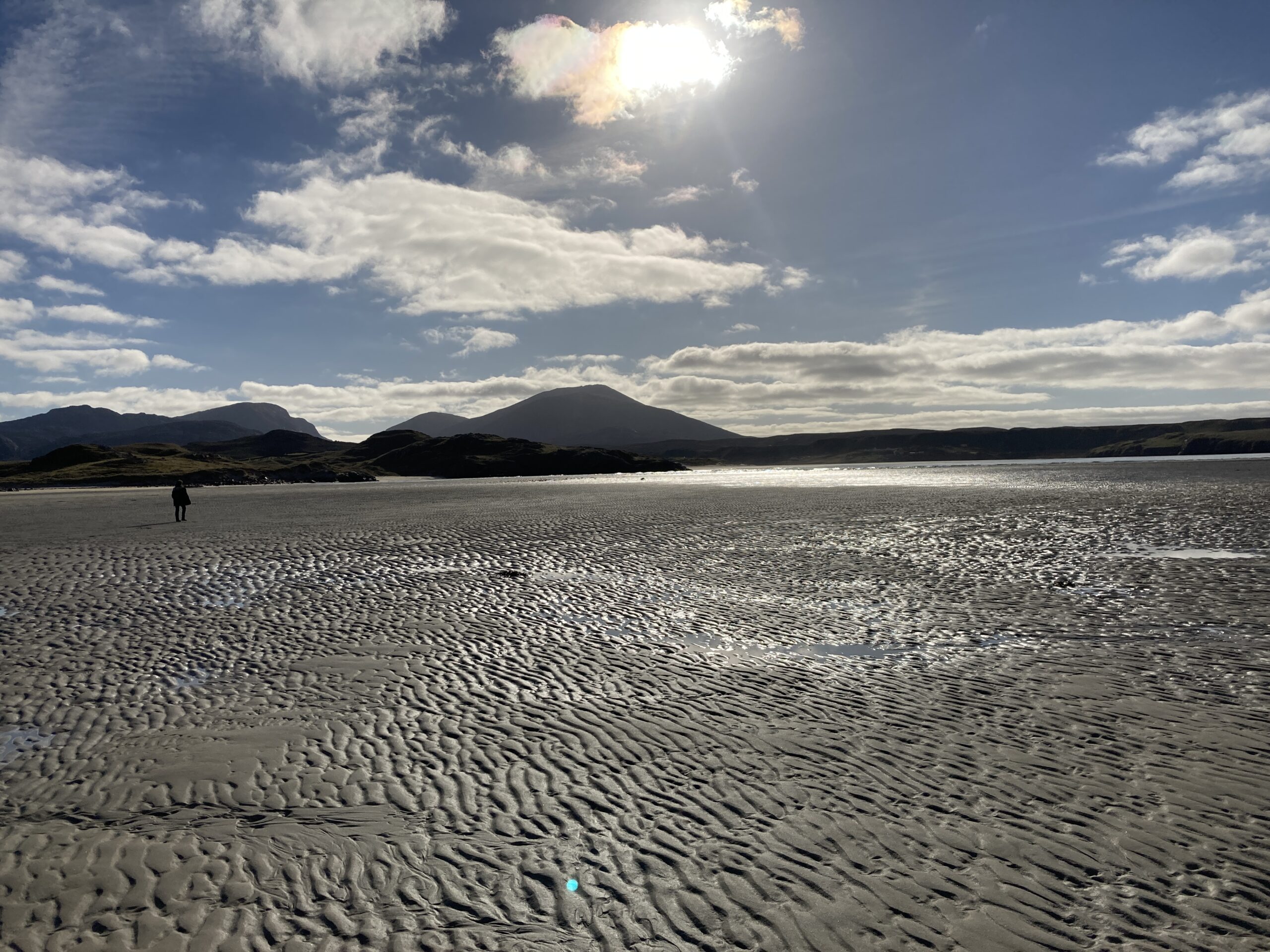
Isle of Lewis
The Isle of Lewis is the largest island in the Outer Hebrides, a chain of islands located off the west coast of Scotland. It has an area of 2,195 square kilometers and a population of around 20,000 people.
Geographically, the Isle of Lewis is characterized by rugged coastlines, rolling hills, and peat bogs. Its landscape is dominated by rock formations, including Lewisian gneiss, which is among the oldest rock formations in Europe. The island is also home to several freshwater lochs, including Loch Langavat and Loch Roag, which are popular for fishing.
The west coast of the Isle of Lewis is exposed to the Atlantic Ocean, and it is known for its spectacular beaches, such as Mangersta and Uig Sands. The east coast is more sheltered, with several natural harbours and inlets.
The main town on the Isle of Lewis is Stornoway, which is located on the east coast. Other notable settlements include the villages of Carloway and Callanish. The island is also home to several historic and cultural attractions, including the Callanish Standing Stones and the Lewis Chessmen.